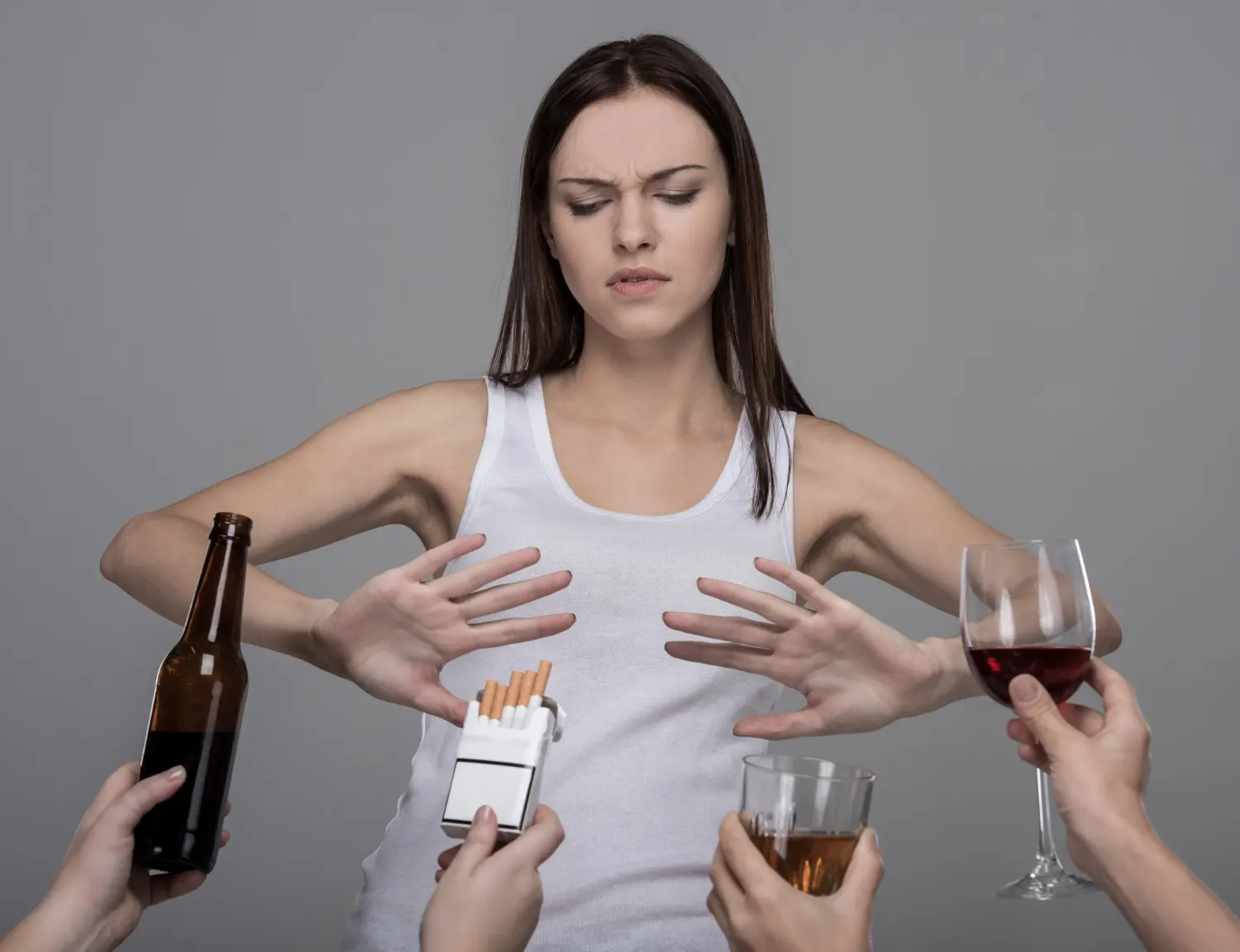Alcohol use among young people is one of today’s most pressing public health concerns. While we often point to peer pressure or curiosity as drivers, the environments in which young people grow up—especially the home, school, and online spaces—play a far more powerful role than most of us realize.
A new research review led by King’s College London and University College London, in collaboration with the World Health Organization (WHO), explores this in depth. Titled “Can homes, schools and digital platforms drive young people’s alcohol consumption?”, the report sheds light on how these seemingly ordinary spaces subtly influence young people’s attitudes, decisions, and behaviors around alcohol.
Table of Contents
Why This Study Matters
Alcohol is still one of the top causes of death and disability among people under 25 worldwide. While we’ve long known that early exposure to alcohol can increase the risk of dependency and long-term harm, interventions often miss the mark because they focus too narrowly on the individual. This report flips that approach. Instead of asking what’s wrong with young people, it asks: what’s going on around them?
To answer that question, the authors analyzed 32 high-quality reviews published over two decades, focused on youth under age 25. They looked closely at how the home environment, school setting, and digital world either increase risk or offer protection against alcohol use. The result is a holistic, evidence-backed roadmap that’s both eye-opening and deeply actionable.
Home Is Where It Starts
Think back to your earliest lessons about alcohol—chances are they weren’t taught in school. They were observed at home.
The review confirms that family settings significantly shape young people’s drinking habits. Unsurprisingly, one of the strongest predictors of early alcohol use is parental behavior. When parents frequently drink around their children, especially in casual or celebratory settings, it sends a message that alcohol is not just acceptable, but expected. Even when parents offer small amounts of alcohol under supervision—intended as a safe introduction—it often backfires. Instead of reducing curiosity or risk, it lowers perceived danger and can normalize underage drinking.
But the home isn’t just a source of risk—it can also be a shield. Teens who report having clear rules at home, consistent parental monitoring, and honest conversations about alcohol are significantly less likely to drink early or heavily. Emotional closeness and a supportive atmosphere appear to be just as important as setting boundaries.
However, the research also highlights blind spots. Most studies tend to focus on traditional family units and often overlook the experiences of single-parent households, blended families, or culturally diverse parenting styles. There’s a pressing need for more inclusive research that reflects the real variety of families today.
Schools: More Than Education
If the home lays the foundation, school is where behaviors take shape. It’s where young people learn social norms, navigate peer dynamics, and increasingly form their identities.
The influence of peers at school can be profound. Adolescents are highly responsive to what they think their peers are doing, not just what they actually see. This perception of peer norms can drive experimentation and regular use, even more than direct peer pressure.
So, what role do schools play in mitigating this? The answer is complex. Traditional alcohol education—usually delivered as health class lectures or warnings about long-term consequences—has limited success. The research found that scare tactics or isolated lessons rarely change behavior in any lasting way.
More promising are comprehensive, “whole-school” approaches. These strategies look beyond just the curriculum and address the wider school culture. For example, programs that create stronger bonds between students and staff, encourage extracurricular engagement, and foster a positive social climate tend to reduce risk. Teaching students social and emotional skills—such as how to resist peer influence, manage stress, or make independent choices—also helps.
Still, there are challenges. Many schools struggle to maintain these programs over time or adapt them to fit diverse student populations. In low- and middle-income countries, resources for sustained alcohol prevention are especially limited.
Digital Platforms: The Invisible Influencer
Today’s young people are digital natives, spending hours each day on platforms like TikTok, Instagram, YouTube, and Snapchat. While these spaces offer connection and creativity, they also expose youth to relentless and often glamorized messaging about alcohol.
The review underscores how digital platforms have become silent influencers of drinking culture. Alcohol marketing is no longer limited to TV commercials or billboards—it’s embedded into our feeds, often delivered by influencers, memes, or trending videos. Because this content is personalized and algorithm-driven, once a teen engages with alcohol-related posts, they’re likely to see more of them, reinforcing the behavior.
Even content created by peers—like party photos or drinking challenges—can subtly shift what young viewers perceive as normal. Unlike traditional advertising, this kind of user-generated content often flies under regulatory radar and feels authentic, making it especially persuasive.
Although some digital interventions exist—such as harm-reduction campaigns or web-based education—they’re in early stages, and their impact is still being studied. At present, few countries have strong regulations in place to protect youth from alcohol marketing online.
One Behavior, Many Influences
To truly understand youth alcohol use, the researchers stress that we need to think across systems. Influences don’t exist in isolation. What a teen sees at home may clash with what they’re taught at school. What they learn in health class may be contradicted by what they watch on YouTube.
The report draws on several psychological and sociological theories to explain how behaviors form. For instance, social learning theory suggests that teens learn by watching others—especially those they admire, like parents or online influencers. Social norms theory helps explain why perceived peer behavior (even if inaccurate) can be more powerful than actual peer behavior. And ecological systems theory reminds us that youth are shaped by multiple overlapping environments: family, school, peer groups, media, and society at large.
Understanding these layers helps explain why one-size-fits-all solutions don’t work. Prevention needs to be context-specific and coordinated across different domains of a young person’s life.
Where Are the Gaps?
While the review is thorough, it also reveals what we don’t yet know. Much of the research comes from high-income countries, leaving a gap in understanding how these dynamics play out in other regions. There’s also a lack of data on how intersecting identities—like race, gender, sexuality, or socioeconomic status—affect risk or resilience.
Digital exposure is another major unknown. Most studies only offer a snapshot in time. We don’t yet have strong data on how long-term engagement with alcohol-related content shapes behavior, or how it varies across platforms.
Finally, we know little about how different environments interact. Does a supportive home environment buffer against online exposure? Can a positive school culture offset parental drinking? These are critical questions that future research must address.
So, What Can We Do?
The researchers call for a shift in how we approach alcohol prevention. Instead of focusing only on the individual, we need strategies that target the environments in which young people live, learn, and connect.
For parents, this means more than just saying “don’t drink.” It means modeling healthy behavior, setting clear expectations, and maintaining open conversations. It’s not always easy, but it’s one of the most powerful protective tools available.
Schools should move beyond isolated lessons and embrace a whole-community approach. This includes supporting teachers, involving families, and fostering student engagement across all areas of school life.
Digital platforms, too, must be held accountable. Stronger regulation of online alcohol marketing is essential, especially when it targets or reaches youth. At the same time, there’s a need for creative, youth-led digital content that challenges drinking culture and promotes alternatives.
Finally, researchers and policymakers must prioritize equity. This means listening to young people from all backgrounds, funding inclusive studies, and designing interventions that work across diverse contexts.
Final Thoughts
The environments that surround young people are not just passive backdrops—they actively shape behavior. Whether it’s a parent’s casual glass of wine, a friend’s Instagram story, or a school that fosters connection and trust, each element sends messages about what’s normal, acceptable, or even expected.
If we want to reduce alcohol harm among youth, we need to look at these environments not as problems, but as opportunities. Homes can be places of guidance. Schools can be places of resilience. Digital platforms can be spaces for empowerment.
With coordinated, evidence-based action, we can build a future where healthy choices are not only possible, but supported—everywhere young people go.





0 Comments